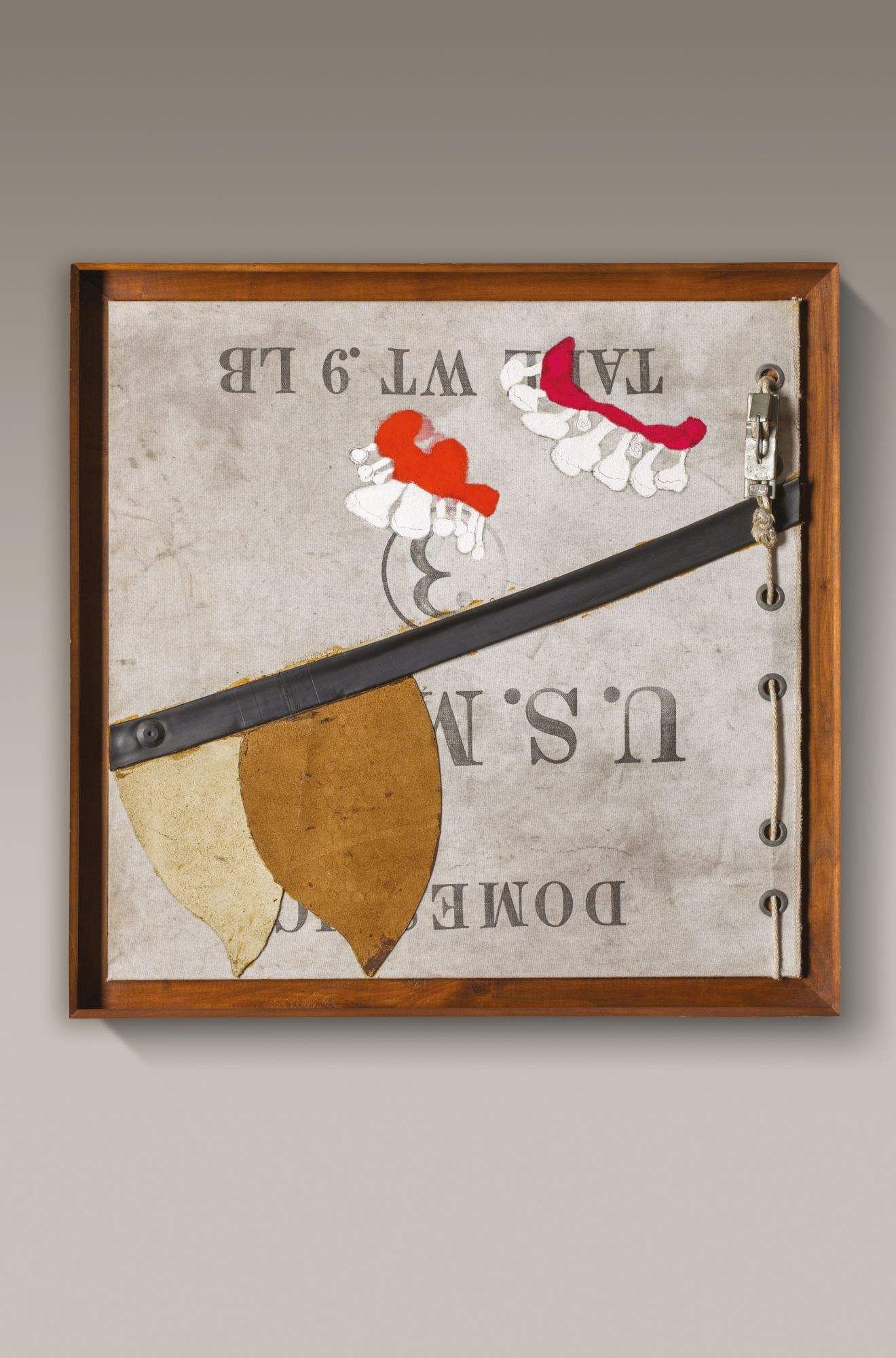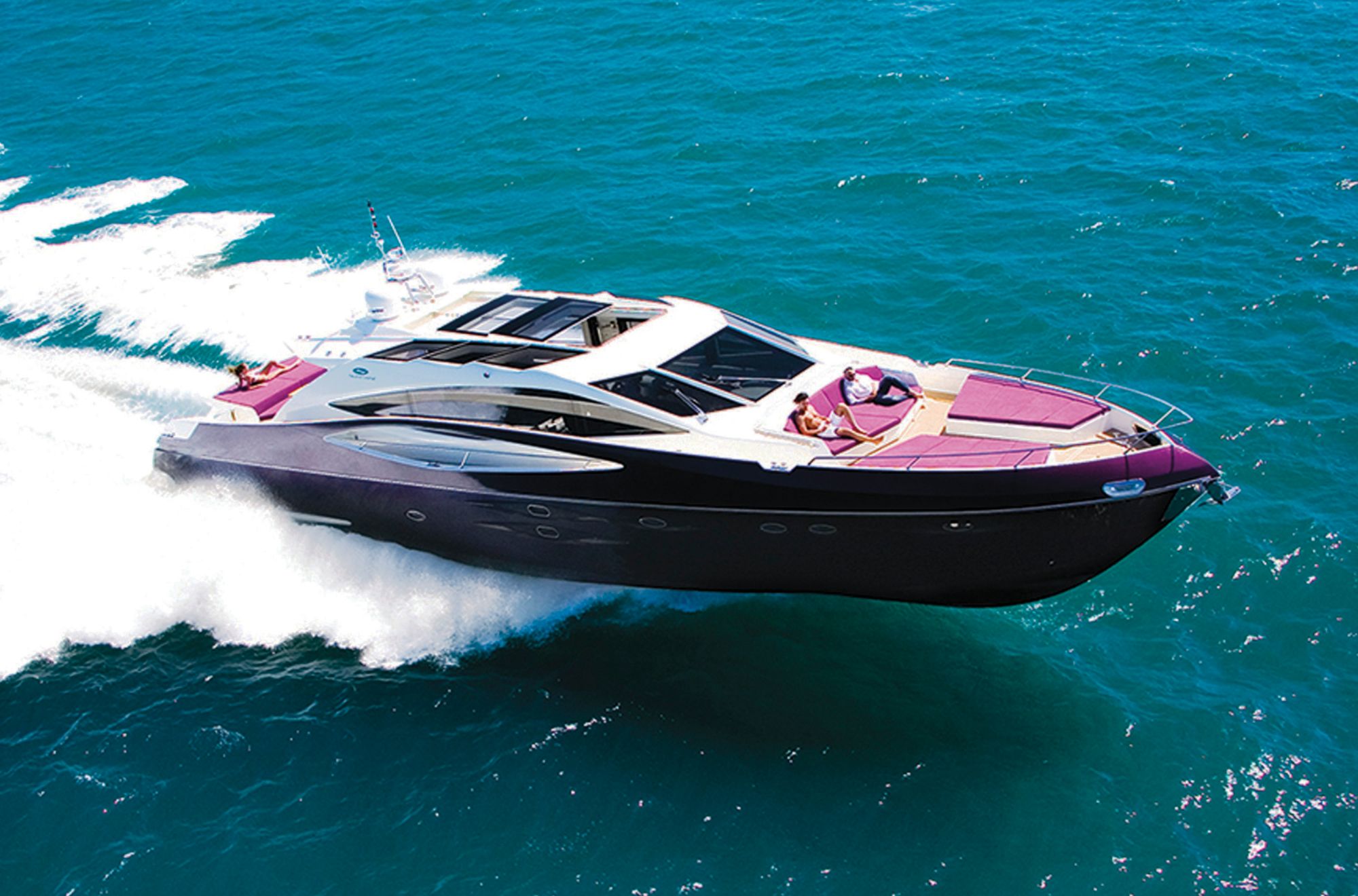1. The car

Business owner and car collector William “Chip” Connor II shares insights on collectible automobiles—and two in particular that are ripe for investment:
In the opinion of many, the value of collectible automobiles as an asset class has outpaced virtually any other class of investment, financial and otherwise, over the past 15 years. However, with some exceptions, most of this appreciation is attached to automobiles made prior to the mid-1970s. Exceptions would include the McLaren F1 from the mid-1990s and the limited production “hypercars” such as the Ferrari Enzo, Porsche 918 and McLaren P1.
See also: Top Speed: See The 20 Fastest Cars In The World
In general, mass production and technical complexity conspire against the post-millennium automobile as a future collectible. There are exceptions. There are cars of unique specification that, for a variety of reasons, remain in strong demand. Nowhere is this better reflected than with the iconic Porsche 911. While the 911 is a mass-produced car, the 911 models of rare specification are in particularly strong demand. These include 911 Turbo variants from the 1990s and RS models, which are highly sought after and sometimes command in excess of seven figures in US dollars.
In my view, two cars that are below seven figures in US dollars and which merit consideration as future collectibles are the US$150,000 Porsche 911 GT3 and the US$750,000 McLaren Senna. Both models are comparative anachronisms in an era of rapidly advancing hybrid technology. Neither employs electric motors for propulsion. The McLaren achieves performance by virtue of being very light coupled with a powerful, twin-turbocharged V8. The Porsche features a normally aspirated four-litre, six-cylinder engine mated to a conventional six-speed manual transmission. Both cars embody end-of-an-era features, notably the six-speed manual transmission in the Porsche and the non-electrically augmented propulsion in both cars.
I particularly like that the cars are produced by manufacturers with decades of bona fide racing success. They are not stylish pretenders. Both embody race-derived technology. Both boast a support base of knowledgeable, hard-core fans. Both are brilliantly engineered with differing engineering philosophies. They are not trying to be all things to all people.
See also: In Pictures: The Rolls-Royce Wraith Luminary Limited Collection
Wise investment and passion frequently work at cross purposes. True collectible cars are the early cars, meaning cars from the 1970s and earlier. However, a lot can happen over a period of decades. Poor restorations, inauthentic components, incomplete record keeping, and sometimes completely bogus fabrication ruin investment value. So it is very important to do your homework. The good news is that prices of more common cars from the ’50s and ’60s—marques that include Porsche, Ferrari, Corvette and Austin-Healey—are off their price peak as of a few years ago. Many remain highly affordable, give great satisfaction of ownership, and will hold their value if not actually gain.
2. The art



